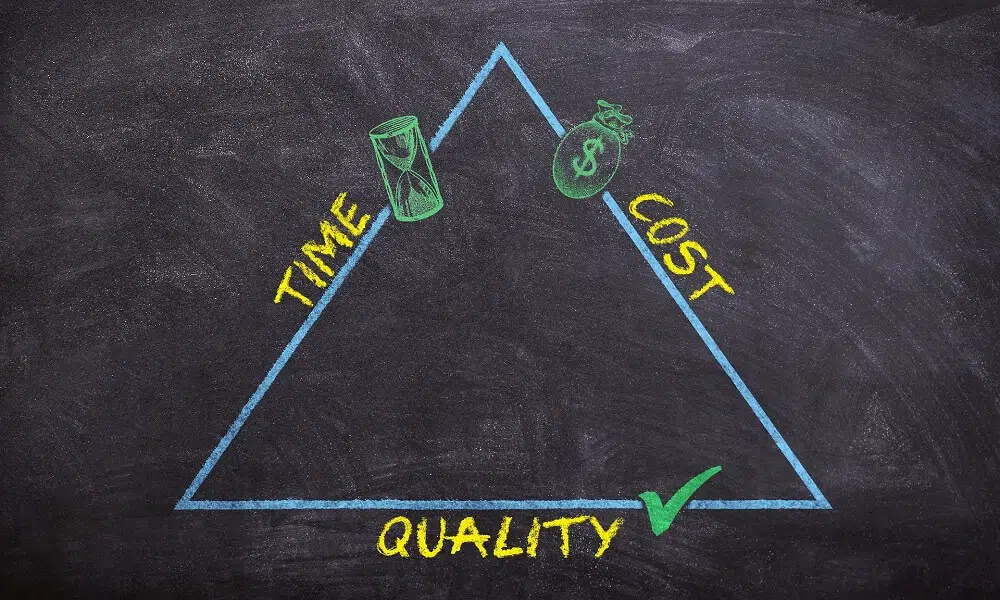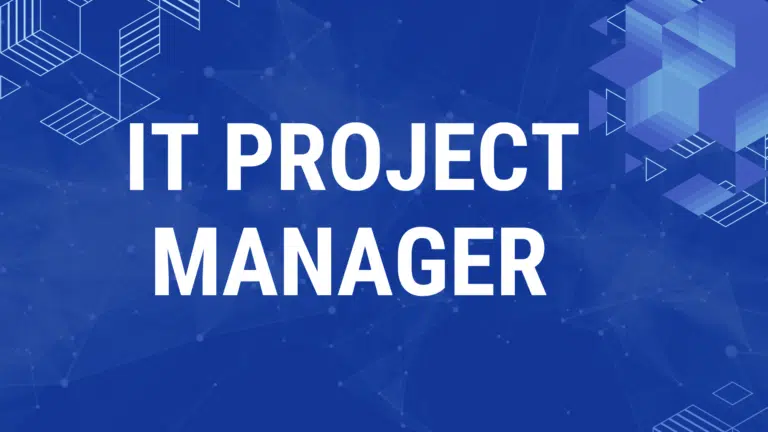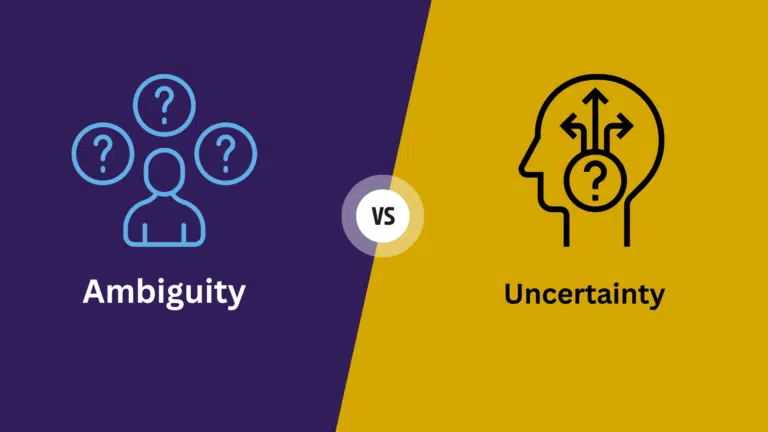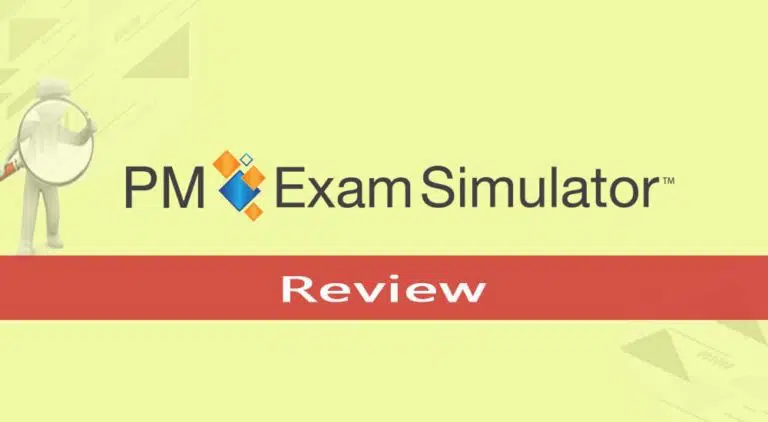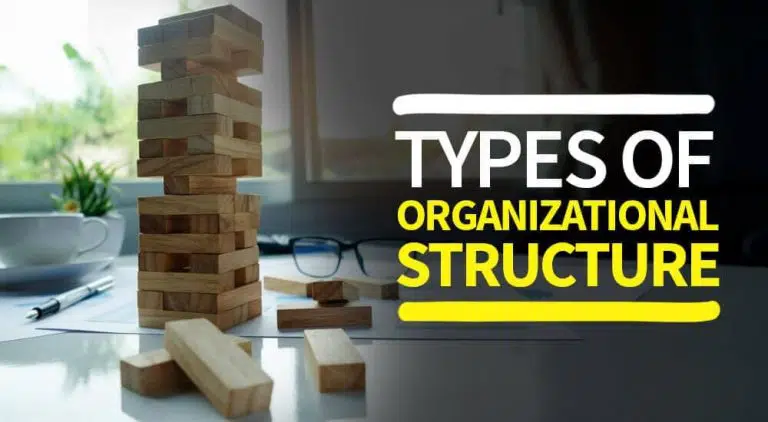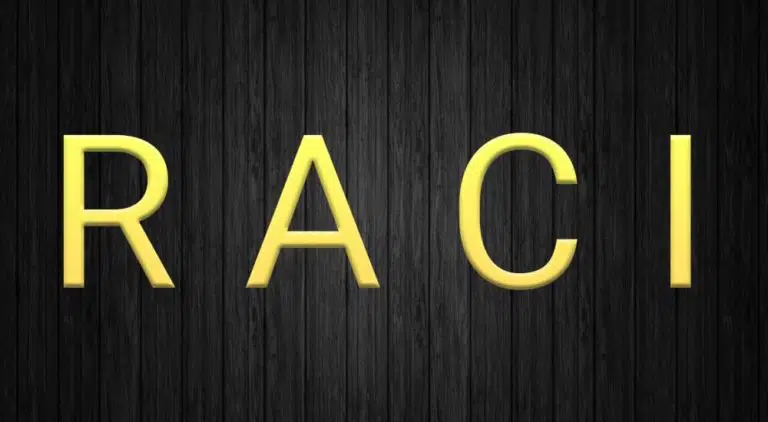Today, our topic is triple constraints in project management.
We know that projects are temporary; they must be completed within a fixed duration, with limited resources.
Managing a project is difficult, and project managers have to fight for resources in their organization. They face many constraints on their daily activities.
Constraints are limitations, like impediments or hurdles, which the project manager has to overcome.
Although project managers face many constraints, the most important ones are the triple constraints.
Triple Constraints
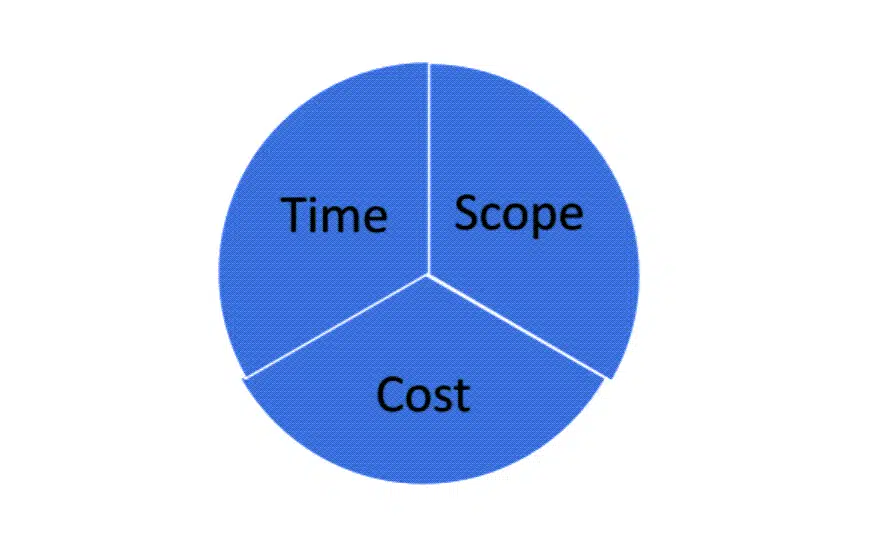
The triple constraints in project management are:
- Scope
- Time
- Cost
Often these triple constraints are known as the project management triangle, where each side of the triangle represents a constraint: scope, time, and cost.
Like triple constraints, you may have heard of hexagonal constraints. The hexagonal constraints are six project constraints: scope, time, cost, quality, risk, and resources.
However, the triple constraints have the biggest influence on the project objectives and therefore are referred to as the primary project constraints.
A project manager must manage these constraints, and in doing so, they may have to trade off one constraint for another within an acceptable tolerance.
For example, if you are conducting unplanned training, you must speed up a few activities to accommodate the schedule.
Poorly managed projects may cause missed deadlines, cost overruns, poor quality, change requests, rework, and dissatisfied stakeholders. Therefore, in traditional project management, project managers try to influence the project constraints to meet the project success criteria.
#1. Time Constraint
Projects are temporary, and all projects have deadlines. You must complete the project within the approved duration; hence, time is a constraint.
In today’s fast-changing environment, on-time delivery matters greatly, and delays affect your project negatively.
However, most projects do not meet their deadline.
According to a paper by Health Management Technology titled Storm Warning: Danger Signs During Software Implementation, “only 16.1% of all Management Information System (MIS) projects are completed on time and within budget.”
The problem is not specific to traditional project managers. Other project methodologies have the same problem; however, in Agile, they time-box every sprint to ensure it does not become a forever event.
Time management is equally important in meetings; hence, the agenda is bracketed with time. The Daily Scrum in Agile is fixed for 15 minutes, and an average sprint is scheduled for two weeks. All these acts show time management in projects.
Extreme Programming even makes allowances for slack, just in case of any unprecedented problems.
Traditional project schedule management hinges on processes such as:
- Plan Schedule Management: What are the policies to guide us? What are the organization’s practices? What are the standards we are bound to follow?
- Define Activities: To accomplish the project goal, every activity must be defined clearly.
- Sequence Activities: To interlink these activities, we need to sequence them in order of occurrence.
- Estimate Activity Duration: We need to allocate duration estimates for each activity at this stage.
- Develop Schedule: Here, the critical path is evaluated using a network diagram, and the schedule is developed.
- Control Schedule: Here, we monitor the baseline and influence the changes affecting our schedule.
The project schedule is set during project planning in traditional project management.
There are many scheduling techniques, for example, the critical path method, Gantt chart, PERT, etc.
The critical path is the longest in the project, and any delay in critical activities will affect the project schedule.
To reduce the project duration, you can fast-track or crash activities on the critical path; otherwise, you may not achieve the desired result.
PERT is similar to the critical path method used for research projects. Here, activities have only a finish-to-start relationship.
A Gantt chart is useful in traditional project management, such as construction projects.
As the Gant chart is visible to all team members, they will feel shared responsibilities to complete the project on time.
In Agile, as mentioned earlier, a time-box or cadence is used to regulate the timely delivery of a sprint.
Disciplined Agile Delivery promotes early delivery by limiting a team’s work to its capacity. You don’t overload your team with work but instead, assign work to the team that they can handle. A large chunk of work is broken down into shippable solutions. These practices give the team a sense of accomplishment and motivation as they meet deadlines.
Additionally, the team must be properly formed, for example, self-organizing and cross-functional, to guarantee capability.
#2. Scope Constraint
The scope is the heart of the project.
The scope can be product scope or project scope.
The product scope is the product’s features, and the project scope is the work needed to finish the project.
In scope management, the customer is at center stage. Customer satisfaction is the ultimate objective for projects, and the project team must understand the importance of stakeholder management.
While traditional project management gets customer requirements before starting the planning, the adaptive approach takes customer input regularly until the project is complete. Both approaches deal with customer satisfaction but in different ways.
In a predictive approach, the scope of work is well defined. The scope change process is rigorous and passes through the Integrated Change Management process.
In the end, the customer validates the agreed scope and signs off to complete the project.
In an adaptive approach, however, you get customer requirements as user stories, prioritize them on a product backlog and deliver the scope.
As customers make new demands, you add them to the backlog, prioritize, and develop accordingly. You communicate the customer’s requirements to the team to accommodate changing demands. You are open to collaborating with the customer throughout the project life cycle. Periodically, you organize a demo to showcase delivery and get feedback from the customer.
Traditional project management is ideal for projects with a well-defined scope, and the client is not intended to change it.
With an adaptive approach, the scope keeps evolving as the project progresses.
#3. Cost Constraint
Cost is another critical project constraint as it secures resources to complete the project. Project managers must manage the budget efficiently by remembering that the funding is limited.
In Agile, as well as in traditional project management, the budget is fixed. Any budget overruns can affect your project negatively.
In Agile, we manage cost by reducing the feedback cycle so that errors and technical debt do not degenerate. Disciplined Agile recommends a stable team, thus reducing costs associated with Tuckman’s Team development ladder.
For predictive projects, the ability to influence cost is highest at the project’s earliest stage; hence, we must ensure that the scope is well defined before the project starts. As the project progresses, it becomes more costly to adjust the scope.
Some tools used during cost management are:
- Alternative Analysis: This is a technique for evaluating and selecting options for project execution. For example, should I buy a tool or lease it?
- Earned Value Management: Earned Value Management combines scope, time, and resources to measure project performance.
- Cost of Quality: This includes prevention, appraisal, and failure costs. It is advisable to spend on prevention and appraisal to minimize failure costs.
- Reserve Analysis: We have two cost reserves, contingency, and management reserve. The former manage identified risks, while the management reserve is for unidentified risks.
Analysis of these reserves gives you an idea of how you are progressing.
What is the Triple Constraint Theory?
The triple constraint theory in project management says a project operates within the boundaries of time, cost, and schedule. A change in one constraint will affect the other two constraints.
For example, if the client wants to add some scope of work to the project, it will increase the cost and the project duration.
It is impossible to change one constraint without affecting the others. As a project manager, you are responsible for managing all aspects of the project and making tradeoffs.
How to Manage Triple Constraints
Now we will discuss how to manage each constraint.
Managing Cost
The project cost includes direct and indirect costs, for example, materials, equipment, resources, offices, administration, and electricity.
Here is how you can control this project constraint:
- Estimate the project, and determine a budget.
- Get the cost baseline approved.
- Monitor the expenses and compare them with the cost baseline.
- Influence the factors affecting the changes in cost baseline.
- If there are any changes, raise the change request and update the cost baseline.
If the cost is the biggest priority for the client, they must be flexible on time and scope. In such a situation, you can make slight changes in schedule and scope without affecting the cost baseline.
Managing Scope
The project scope includes the work required to complete the project.
Here is how you can manage this project constraint:
- Collect project requirements.
- Develop the scope of work.
- Create a scope baseline and get it approved.
- Carry out the work and keep comparing it with the scope baseline.
- Influence the factors affecting the changes in scope baseline.
- If there are any changes, raise the change request and update the scope baseline.
If the scope is the biggest priority for the client, they must be flexible on time and cost. In such a situation, you can make slight changes in schedule and cost without affecting the scope baseline.
Managing Time
This is the duration the project must finish within.
Here is how you can manage this project constraint:
- Break WBS down to the activity level.
- Find all activities.
- Determine the duration of all activities.
- Sequence all activities and determine the dependencies.
- Develop the project schedule baseline and get it approved.
- Execute the project and keep monitoring the schedule performance.
- Influence the factors affecting the changes in schedule baseline.
- If any changes occur, raise the change request and update the schedule baseline.
If the schedule is the biggest priority for the client, they must be flexible on cost and scope. In such a situation, you can make slight changes in cost and scope without affecting the schedule baseline.
Best Practices for Managing Project Constraints
The following guidelines can help you manage triple constraints in your project:
- Follow the plan and influence the factors affecting the changes. Avoid scope creep and gold plating and have proper formal communication with the client.
- Prioritize the constraints. This will help you make adjustments when any change in any baseline cannot be avoided. Have project sponsor agreement on it.
- Follow the integrated change control process to approve any changes in any baselines.
Examples of Triple Constraints
The following are examples of triple constraints.
Scope Constraints Examples
- You must use materials from a specific manufacturer
- The paint should be purchased from a client-approved list
Time Constraints Examples
- You must complete the project within the agreed duration
- Specific project milestones must be achieved on the certain days
Cost Constraints Example
- The project cannot go over budget
- Equipment must not be hired for more than the fixed rate
Summary
The project manager has to work with scarce resources and limited time to achieve scope requirements. The triple constraints are used to evaluate the success of your project. If any of these constraints are not satisfied, your project will not be completed successfully. Therefore, keep a close watch on these project constraints and influence the factors affecting them.
How is your project affected by these triple constraints? Please share your experiences through the comments section.

I am Mohammad Fahad Usmani, B.E. PMP, PMI-RMP. I have been blogging on project management topics since 2011. To date, thousands of professionals have passed the PMP exam using my resources.

